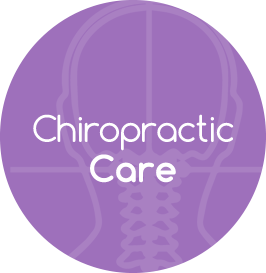Food Intolerance – Facts
Food intolerances are different from food allergies. A food allergy is an immune response to food proteins or a form of food associated with a hypersensitivity reaction. A small amount of a certain food can cause the onset of an allergic food reaction, which sometimes can be fatal. These reactions can include both IgE mediated and non-IgE mediated.
Food intolerance basically involves the digestive system and typically does not carry the same risks as a food allergy. They are considered non-specific and non-allergenic, meaning reactions due to food intolerance do not cause immune responses but instead may produce neurological or gastrointestinal responses.
Food intolerance is reported more often that food allergies and the amount of food eaten will determine the severity of the symptoms. Some of these may include headaches, migraine, depression, fatigue, gastritis, abdominal pain, diarrhea, constipation.
Elimination diets are have been very useful in diagnosis and management of food intolerance which cannot be measured by a blood or skin test because there is no immune response.
Numerous case studies and some clinical studies are revealing that there is a relationship between abnormalities in the spine, the nervous system and the various problems related to these types of dysfunctions.
These types of structural problems in the spine cause a ripple effect through the nervous and immune systems. By removing the structural imbalance chiropractic helps improve nerve supply and immune function. Abnormal position or movement of the spinal vertebra can develop and this can lead to nerve interference. It is this interference, called vertebral subluxations, that chiropractors correct.
With everything we know about the relationship between the nervous and immune systems, chiropractic makes perfect sense in the case of food intolerance. In fact, chiropractic is not treating the food intolerance but re-establishing normal neurological function which benefits the immune system of the patient.
Resolved After Chiropractic Care
The 24-year-old man in this study had low back pain and food intolerances for several years. His food intolerance was specific to wheat/gluten which would send him into a manic depression. Garlic and onions often interrupted his concentration while dairy caused him to have gas and abdominal pain. He had been hospitalized several times as a result of eating these foods. He would try to use supplements to help manage his depression.
The chiropractor examined him and found structural shifts in his upper neck. He had postural changes, pain, and tight muscles in his neck and throughout his body. X-rays and other testing confirmed these findings. These structural shifts can lead to obstruction of the nerves and it is this obstruction, called vertebral subluxations, that chiropractors correct.
Following upper cervical chiropractic care, his food intolerances resolved. He reported that he was able to eat all the foods he had to previously avoid. His episodes of depression, difficulty concentrating, and abdominal pain were no longer issues for him.
The study’s author called for additional research to investigate the clinical implications of chiropractic in patients with food intolerances.
Reference: Resolution of Food Intolerances in a 24-Year-Old Male Undergoing Blair Upper Cervical Chiropractic Care: A Case Report & Review of Literature. Charmaine Herman DC & Tyshia Allen DC. Journal of Upper Cervical Chiropractic Res


